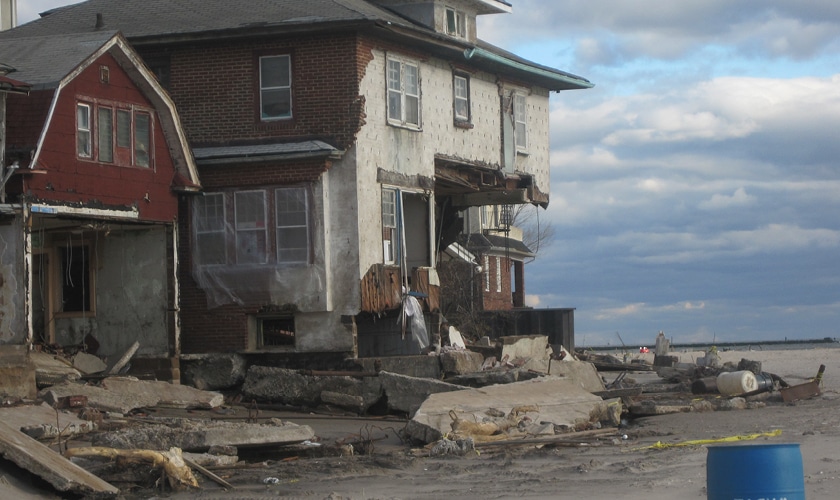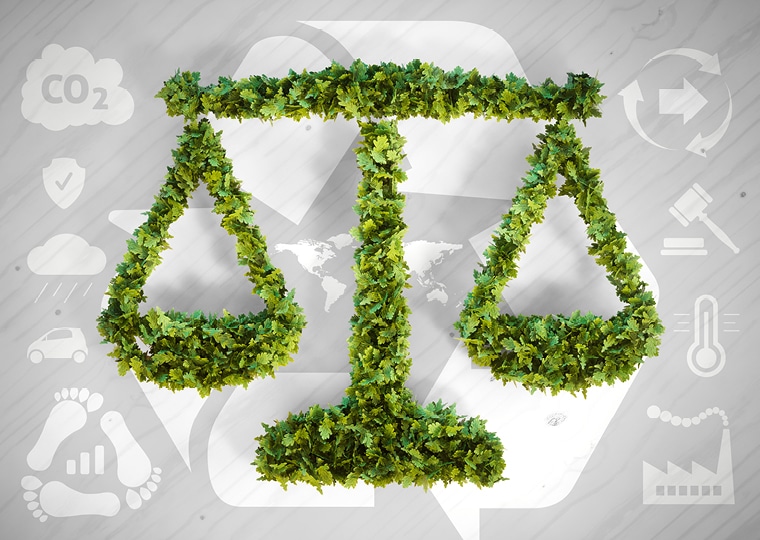Climate resilience has become a central focus for infrastructure agencies across the United States. While sustainability has long been a cornerstone of environmental policies, the increasing frequency and intensity of climate hazards have underscored the need to complement sustainability efforts with science-based climate resilience measures. These measures not only mitigate risks and protect vital physical assets but also play a crucial role in ensuring communities can recover quickly after disruptive events, minimizing economic losses and safeguarding livelihoods. By strategically protecting infrastructure, agencies can prevent major damages, support prompt recovery and help communities avoid billions in damages, lost income and economic disruption.
At STV, we recently had the opportunity to partner with a multifaceted public transportation agency to complete a first-of-its-kind climate risk assessment. This project – while focused on assessing the operational vulnerabilities of specific facilities like buildings, bridges, stations and tunnels – also allowed us to showcase the innovative methodologies and tools that are redefining climate resilience analysis. Below, we share insights into our approach and what makes this study a model for future resilience efforts.
The Power of Probabilities
Climate risks are often evaluated through the lens of probabilities. For example, a so-called “100-year flood event” refers to a flood with a 1% chance of occurring or being exceeded in any given year. The probability of such an event occurring at least once during a 50-year lifespan of an infrastructure project is 39% – a figure that underscores the urgency of planning for extreme climate events. Compounding this urgency, many hazard models rely on outdated historical data, and the frequency and severity of these events are only increasing.
While they might seem abstract, probability-based scenarios provide a powerful framework for quantifying risk in economic terms, factoring in estimated losses and likelihood of occurrence. Typically, high-magnitude events result in greater losses, but lower-magnitude events occur far more frequently. Risk calculations help balance these factors, enabling a comprehensive comparison of risks across different events and time horizons. This approach allows decision-makers to generate risk scores, informing the prioritization of mitigation measures and their implementation timelines. It’s this combination of climate science and economics that helps agencies allocate resources efficiently and focus on addressing their most significant risks.
Understanding “Systems of Systems”
One of the standout aspects of this study was our focus on “systems of systems” – an approach that connects and analyzes the interdependencies between engineering systems. We used various representations of engineering systems – such as single-line diagrams, process flow diagrams, floor plans and other drawings – to capture and recreate interconnected systems within the asset database, simplifying their complexities while maintaining their crucial relationships.
This “systems of systems” approach reveals how impacts in one part of a system can cascade across others. For example, a seemingly minor disruption in an electrical room at one location might trigger significant consequences miles away. Understanding these connections is essential to predicting how and where the consequences of climate hazards will materialize.
In engineering, “systems of systems” is a common concept, akin to the idea of “scales” in geography. At a facility level, systems like mechanical, electrical and plumbing are interconnected, and their resilience depends on the reliability of their interactions. Zooming out, facilities are embedded within broader systems, such as transportation networks, which in turn connect to regional and societal infrastructures.
By defining and analyzing these layers of interconnected systems, we can determine which components or nodes are crucial for resilience. This broader perspective allows agencies to prioritize investments where they will have the greatest impact.
Applying Systems Thinking to Asset Management
In this project, we worked with a facility dataset provided by the client – a comprehensive asset management tool containing detailed descriptions and engineering categories for tens of thousands of assets. We expanded this dataset with additional characteristics, such as geographic locations and replacement costs, to capture relationships between assets and their influence on overall facility performance.
These enriched datasets enabled us to model the interconnected risks and performance impacts across assets. In collaboration with our team of subconsultants, we utilized advanced tools like Python, R and ArcGIS to generate statistical computation and data visualization and provide a clear, data-driven foundation for identifying and addressing climate risks.
Results: A Decision-Making Tool for the Future
The outcome of our work was a ranked register of critical assets and systems, along with prioritized resilience projects. These findings will inform our client’s next 10-year capital plan, serving as a decision-making tool to guide future investments.
This project highlights how STV’s integrated approach to climate risk assessments provides actionable insights and scalable solutions. Our specialized resilience, digital advisory, infrastructure economics and multidisciplinary engineering teams combine innovative methodologies, data analytics and economic insights to help our clients build climate-resilient infrastructure. By harnessing the power of probability-based risk analysis and understanding interconnected systems, we empower our clients to make strategic, cost-effective decisions that safeguard the longevity and performance of their assets.









